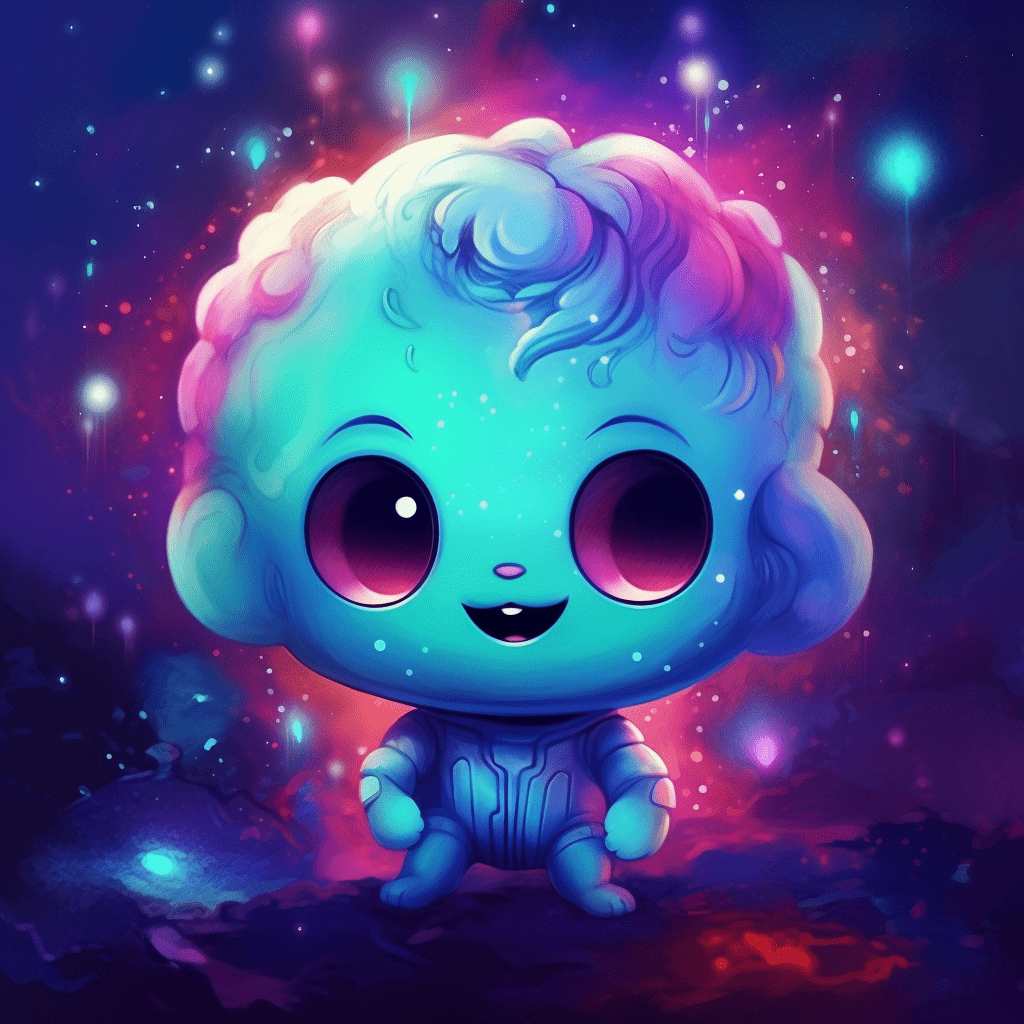Non-fungible tokens (NFTs) have gained immense popularity in recent years, offering creators a unique way to monetize their digital art, collectibles, and other digital assets. When it comes to creating NFTs, one question often arises: “does it cost money to make an NFT?” To answer this question, it’s essential to understand the differences between free and paid NFT creation platforms. In this article, we’ll explore the key distinctions between these two types of platforms, helping you make an informed decision on which one to use for your NFT creations.

Free NFT Creation Platforms
Free NFT creation platforms allow users to mint and sell NFTs without charging an upfront fee. Some popular examples of free NFT creation platforms include OpenSea and Mintable. These platforms generate revenue by taking a small percentage of the sales proceeds as a platform fee. The primary advantages and disadvantages of free NFT creation platforms include:
- Low barrier to entry: Free platforms enable artists and creators to enter the NFT market without a significant initial investment, making it easier for them to experiment with different types of digital assets.
- Limited features: While free platforms offer essential tools and services for creating and selling NFTs, they may lack some advanced features available on paid platforms, such as curated galleries, built-in marketing tools, and exclusive access to certain blockchain networks.
- Higher competition: Because of the low barrier to entry, free platforms tend to attract a larger number of creators, resulting in increased competition for visibility and sales.
- Platform fees: While free NFT creation platforms do not charge upfront fees for minting NFTs, they do take a percentage of the sales proceeds as a platform fee, which can range from 2.5% to 5% or more.
Paid NFT Creation Platforms

Paid NFT creation platforms typically charge a fee for minting NFTs, which covers the cost of creating the token and adding it to the blockchain. Some well-known paid NFT creation platforms include SuperRare, Foundation, and Nifty Gateway. These platforms often offer additional features and services that can help creators stand out in the competitive NFT market. The primary advantages and disadvantages of paid NFT creation platforms include:
- Advanced features: Paid platforms often provide a more comprehensive suite of tools and services, including curated galleries, built-in marketing tools, and access to exclusive blockchain networks. These features can help creators gain more visibility and attract higher-value collectors.
- Higher quality standards: Many paid platforms enforce stricter quality standards for NFTs, ensuring that only high-quality digital assets are listed for sale. This can help creators build a reputation for quality, attracting more buyers and increasing the value of their NFTs.
- Lower competition: Since paid platforms require an upfront investment, they tend to attract fewer creators, resulting in less competition for visibility and sales. However, this also means that the creators who do use these platforms are more likely to be serious and dedicated to their craft.
- Upfront costs: The primary drawback of paid NFT creation platforms is the upfront cost associated with minting NFTs. This cost can be a barrier to entry for some creators, especially those just starting out in the NFT market.
Comparing Features of Free and Paid NFT Creation Platforms
To better understand the differences between free and paid NFT creation platforms, let’s compare the features and services offered by these platforms:
- Minting fees: Free platforms do not charge a minting fee, while paid platforms require an upfront payment to create an NFT. However, both types of platforms may require users to pay gas fees associated with the blockchain transactions, which can vary depending on the network used.
- Platform fees: Both free and paid platforms typically charge a percentage of the sales proceeds as a platform fee. However, the percentage may vary depending on the platform and its pricing model.
- Quality control: Paid platforms often have stricter quality standards and offer curated galleries, ensuring that only high-quality digital assets are listed for sale. Free platforms, on the other hand, tend to have a more open and inclusive approach, allowing creators to list a wider range of digital assets.
- Features and tools: Paid platforms generally offer a more comprehensive suite of tools and services, including built-in marketing tools, access to exclusive blockchain networks, and other advanced features. Free platforms offer essential tools for creating and selling NFTs but may lack some of the advanced features available on paid platforms.
- Exclusivity and reputation: Paid platforms can offer a more exclusive experience for both creators and collectors, helping to build a reputation for quality and attracting higher-value buyers. Free platforms may have a broader range of digital assets, but the increased competition can make it more challenging to stand out in the crowded NFT market.
Making the Right Choice for Your NFT Creations
- When deciding between free and paid NFT creation platforms, it’s essential to consider your specific needs and goals as a creator. Here are some factors to consider:
- Budget: If you’re just starting out in the NFT market and have a limited budget, a free platform may be the best option, as it allows you to experiment with different types of digital assets without a significant upfront investment.
- Features and tools: If you require advanced features and tools to create, market, and sell your NFTs, a paid platform may be a better choice, as it often offers a more comprehensive suite of services.
- Quality and reputation: If building a reputation for quality and attracting high-value collectors is a priority, a paid platform with strict quality standards and curated galleries may be more suitable.
- Competition: If you’re concerned about standing out in the crowded NFT market, a paid platform with a lower number of creators may offer a more exclusive experience and help you gain more visibility.
Navigating the World of NFT Creation Platforms

In conclusion, understanding the differences between free and paid NFT creation platforms is crucial when deciding which one to use for your digital assets. By considering your budget, desired features, and goals as a creator, you can make an informed decision that will help you succeed in the rapidly growing world of NFTs.
